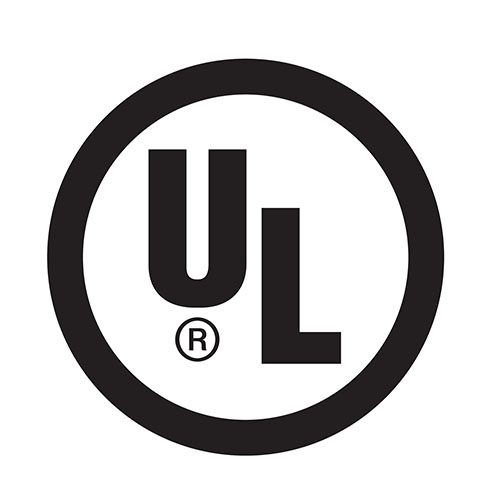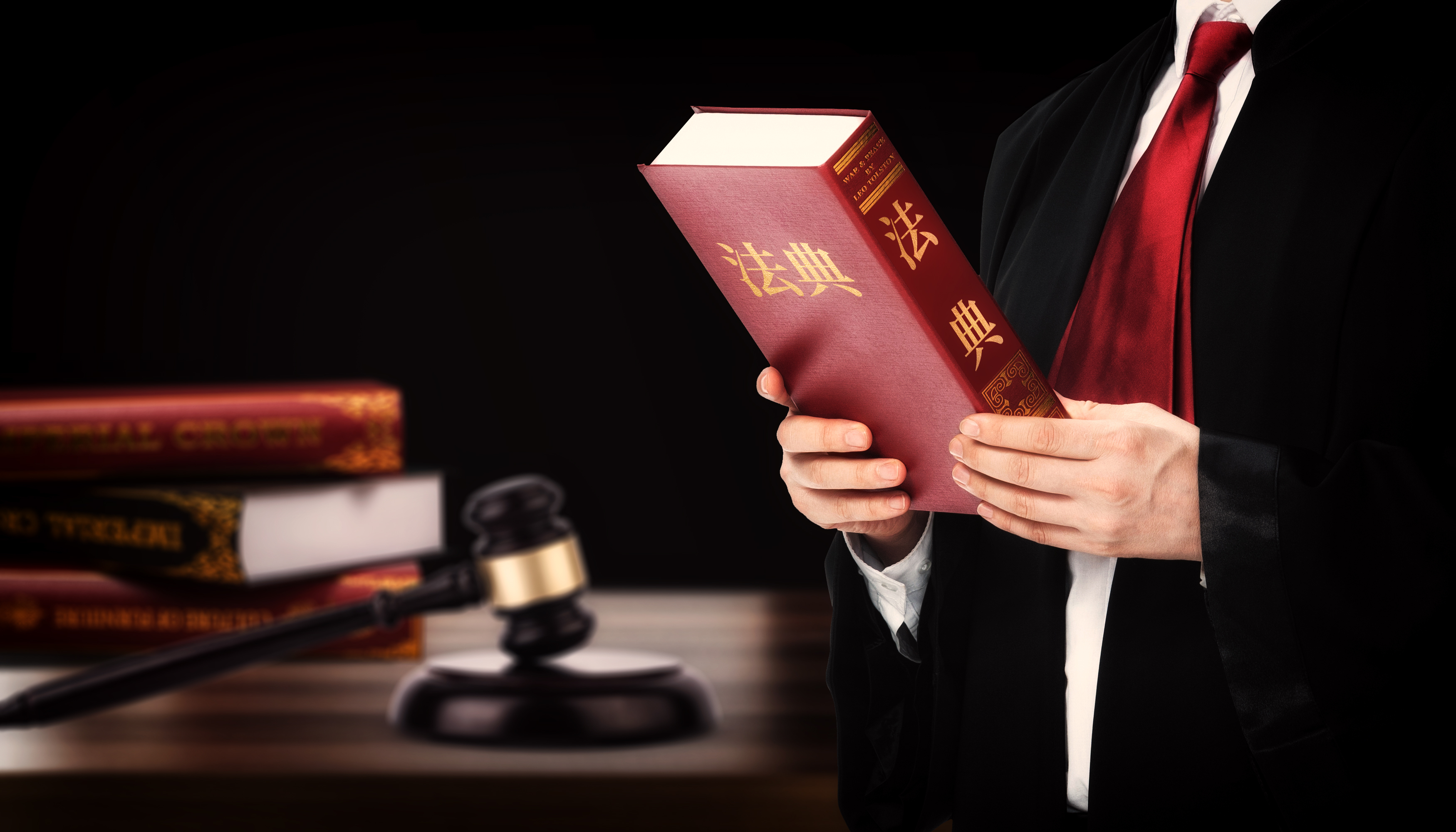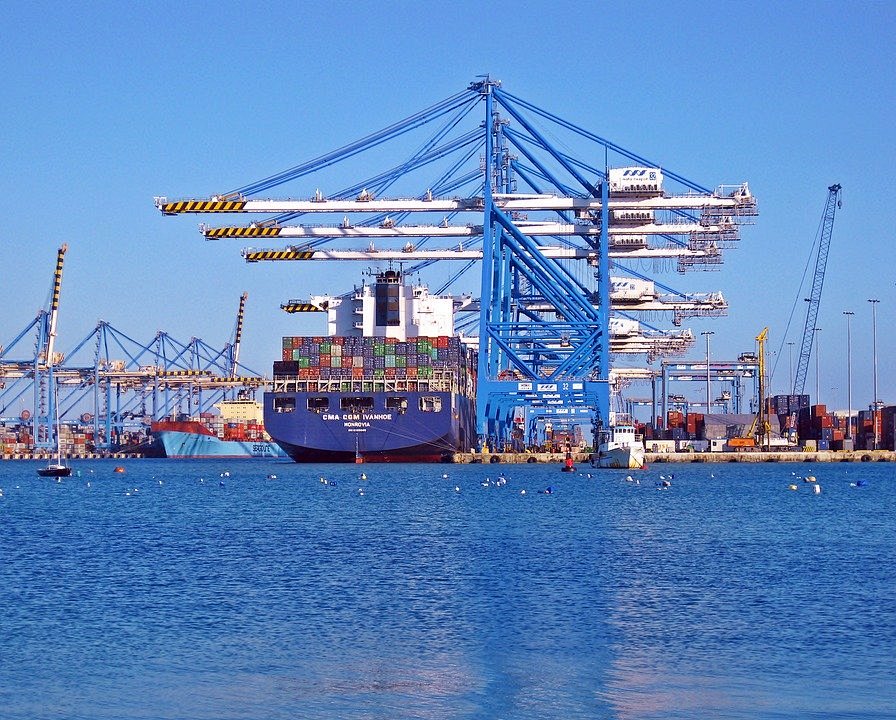UL certification was created by UL LLC, a globally renowned testing and certification organization and standard development organization. Since its establishment in 1894, UL has issued nearly 1800 safety, quality, and sustainability standards, many of which have become national standards in the United States. In addition, UL is also one of the development organizations for Canadian national standards.
UL was originally established in 1894, and its initial operating funds mainly relied on the support of the fire insurance industry. It was not until 1916 that UL achieved complete independent operation. After nearly a century of development, UL has grown into a globally renowned certification body with a rigorous organizational management system, standard setting process, and product certification procedures. UL is managed by a board of directors composed of safety experts, government officials, consumers, representatives from the education, utilities, insurance, and standards departments, with daily affairs handled by the President and Vice President. At present, UL has five laboratories in the United States, headquartered in Northbrook, north of Chicago. In addition, UL has established laboratories in Taiwan, Suzhou, Guangzhou, and Hong Kong.

This is one of the most common logos of UL. If the product bears this logo, it means that the sample of the product meets UL's safety requirements. These requirements are mainly based on UL's self published safety standards. This type of logo can usually be seen in the following categories of products: electrical appliances, computing equipment, stoves and heaters, fuses, power boards, smoke and carbon monoxide detectors, fire extinguishers and automatic sprinkler systems, as well as thousands of personal floating devices such as life jackets and lifebuoys, bulletproof glass, and more.










